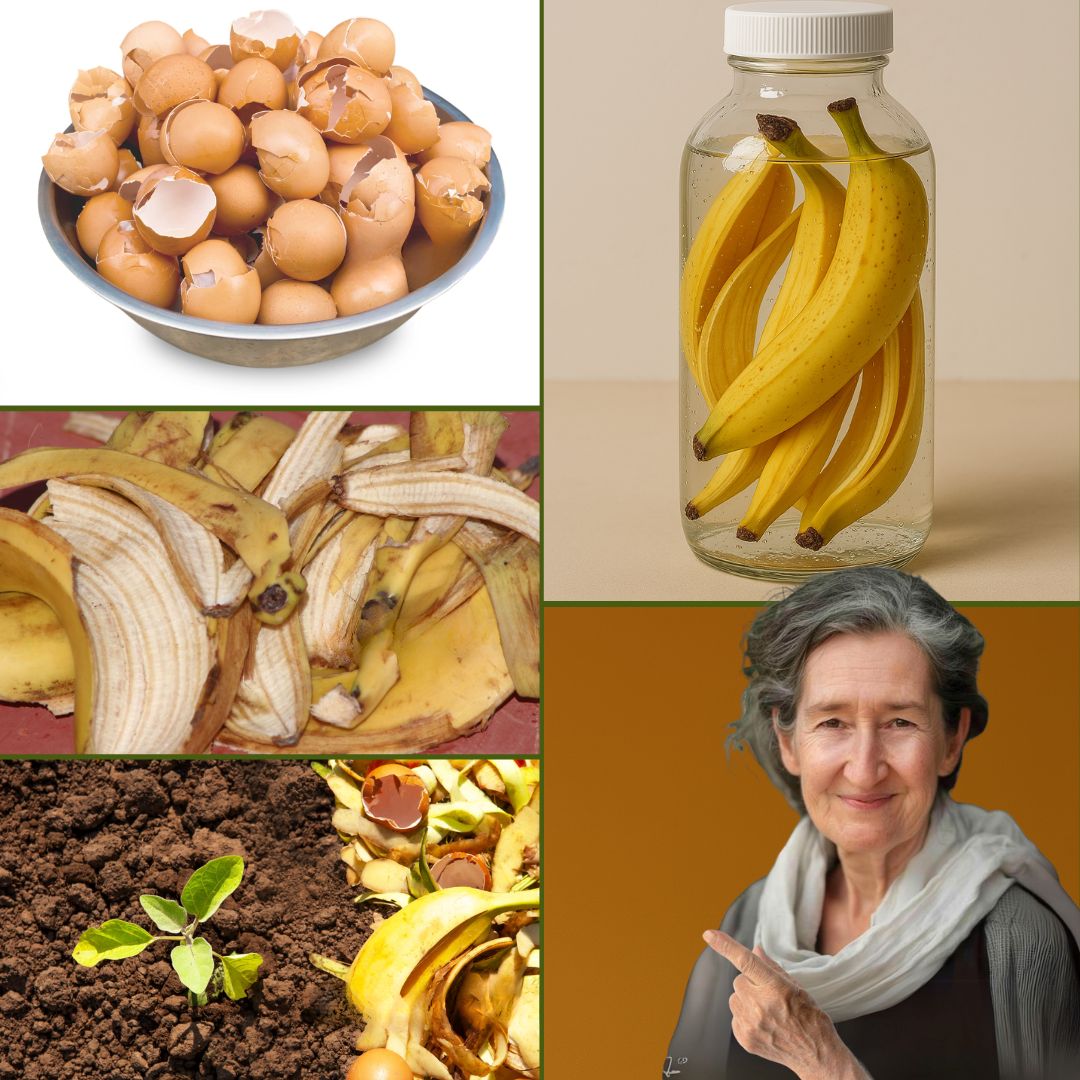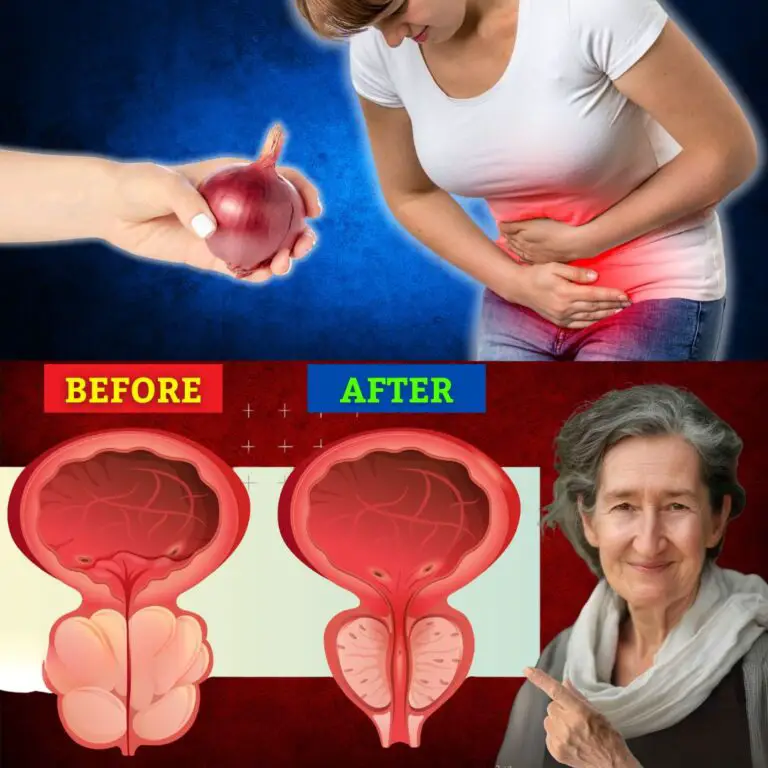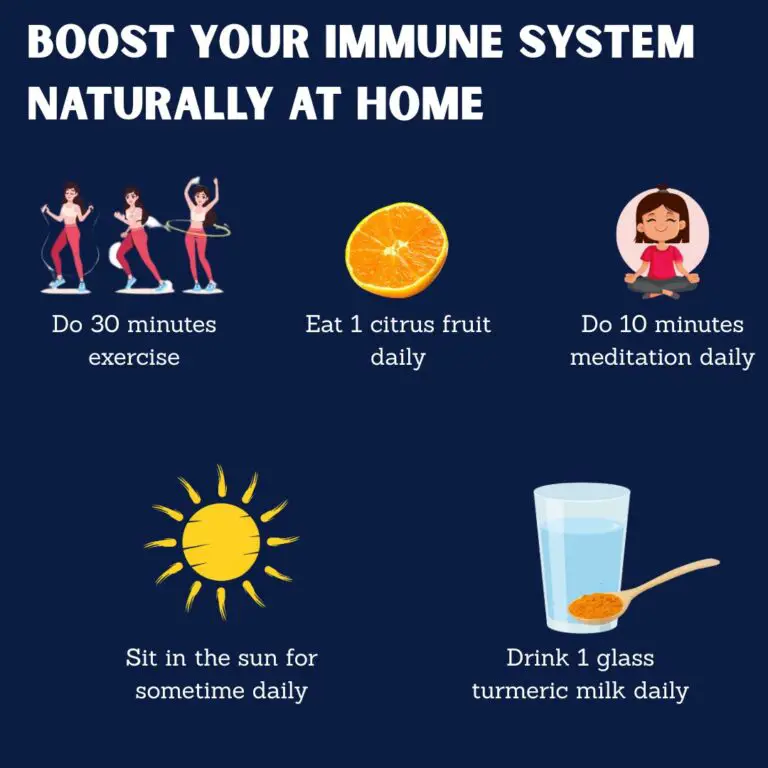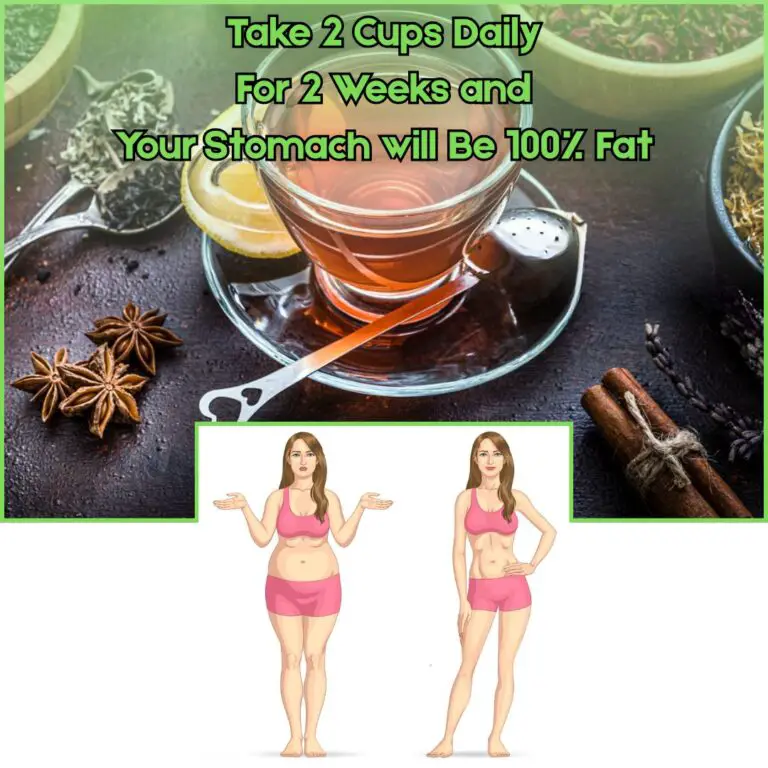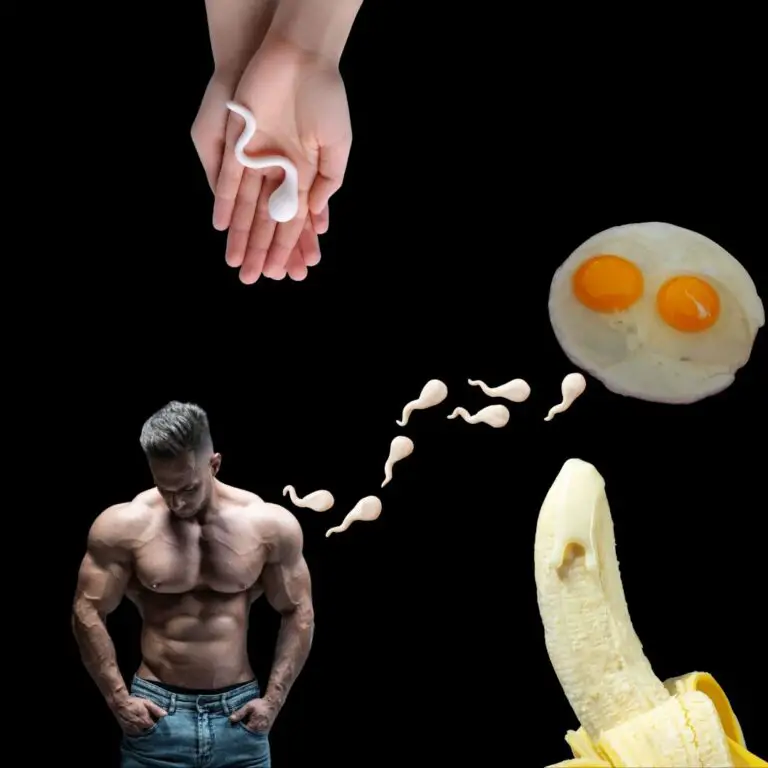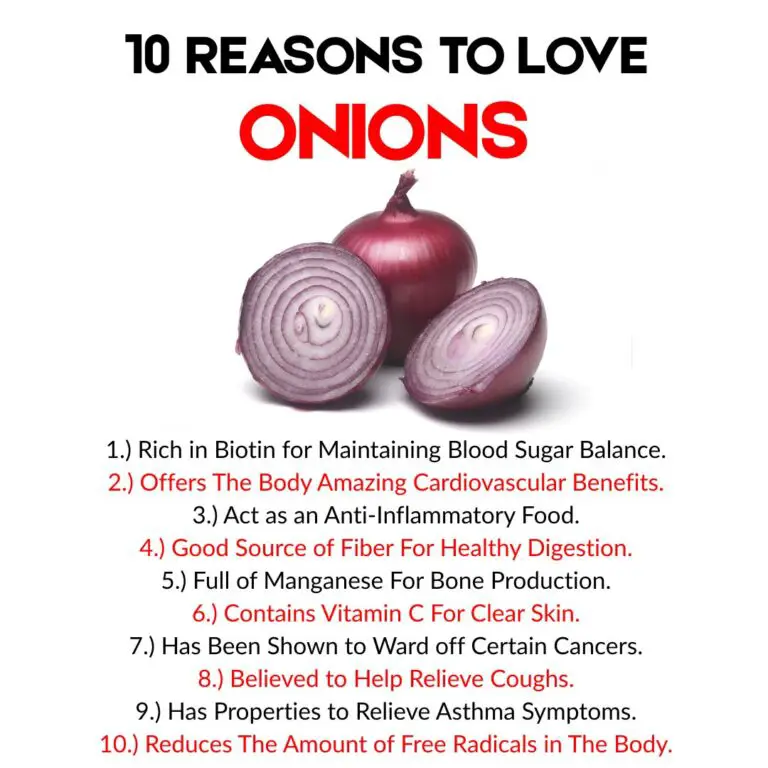Transform Your Garden: Powerful Free Fertilizer Using Banana Peels and Eggshells
Introduction
Tired of spending money on commercial fertilizers that promise lush gardens but deliver lackluster results? You’re not alone. What if we told you that the secret to thriving plants might be hiding in your kitchen trash? Yes, banana peels and eggshells—often tossed without a second thought—are actually a goldmine for your garden. This article will show you how to create a powerful, free, and 100% natural fertilizer that not only revives your soil but also contributes to sustainable living. Whether you’re a seasoned gardener or a beginner with a few pots on a windowsill, you’ll discover just how transformative this simple DIY trick can be.
Why You’ll Love This Recipe
Here’s why this banana peel and eggshell fertilizer will quickly become your go-to gardening solution:
- Completely Free: It utilizes kitchen waste, so you’ll save money while reducing food waste.
- Chemical-Free: Perfect for organic gardeners, this natural fertilizer contains no synthetic additives.
- Nutrient-Rich: Packed with potassium, calcium, and phosphorus—vital nutrients your plants crave.
- Versatile: Suitable for everything from tomatoes and roses to succulents and houseplants.
- Eco-Friendly: Supports a zero-waste lifestyle and reduces landfill contributions.
According to the University of Illinois Extension, banana peels are a rich source of potassium, a critical nutrient that enhances root development and plant resilience.
Ingredients
To make this garden-transforming fertilizer, you’ll need:
- 4–6 Banana Peels (preferably from organic bananas)
- 10–12 Eggshells (rinsed and dried)
- 2 Cups of Water (filtered or tap)
- Optional: A Tablespoon of Used Coffee Grounds (for added nitrogen)
Image Alt Text: Chopped banana peels and crushed eggshells on a wooden board ready for fertilizer preparation.
Necessary Tools
You won’t need to raid a gardening store—just grab a few common kitchen tools:
- Blender or Food Processor – For grinding ingredients into a slurry.
- Knife or Kitchen Scissors – To chop banana peels into smaller pieces.
- Storage Container or Mason Jar – For storing the finished fertilizer.
- Spoon or Stirring Stick – To mix the final product if needed.
Ingredient Swaps and Additions
Want to get creative or adjust the formula for different plants? Here are some easy swaps and additions:
- Banana Peel Alternatives: Try mango skins or cantaloupe rinds for similar potassium benefits.
- Extra Nitrogen Boost: Add a handful of used tea leaves or coffee grounds.
- Calcium Alternatives: Crushed oyster shells or a tablespoon of plain yogurt.
- Compost Enhancer: Mix this recipe into your compost bin to supercharge decomposition.
- Odor Control: A few drops of essential oil (like lavender or mint) to neutralize any strong smells.
The EPA’s guide on reducing food waste strongly supports reusing kitchen scraps like these to cut down on landfill use and boost soil health.
Step-by-Step Instructions
Step 1: Prep Your Ingredients
Start by rinsing your banana peels and eggshells thoroughly. Let the eggshells dry completely—this helps them blend better and prevents mold.
Step 2: Chop and Crush
Cut banana peels into 1–2 inch strips. Crush the dried eggshells with a mortar and pestle or just your hands (wear gloves if needed).
Step 3: Blend into a Slurry
Add banana peels, eggshells, and water into your blender. Optional: throw in used coffee grounds. Blend until you get a thick, smooth slurry.
Want another great use for banana scraps? Try our Indoor Gardening with Banana Peel Water for a no-blend, zero-waste alternative!
Step 4: Apply to Soil
Pour the slurry directly around the base of your plants. Avoid contact with stems to prevent rot. Use once every 10–14 days.
Step 5: Store Extras
If you make too much, store it in a mason jar with a tight lid. Keep it in the fridge for up to one week.
Tip: Always shake the container before reuse to remix any settled ingredients.
Pro Tips for Success
- Dry Eggs Completely: Moist eggshells can cause mold—always air-dry for at least 24 hours.
- Use Organic Peels: Non-organic bananas may contain pesticide residues, which can harm soil microbes.
- Apply Early or Late: Fertilize in the early morning or late evening to prevent burning sensitive roots.
- Compost Boost: Add leftover slurry to your compost pile to enrich the mix.
- Don’t Overdo It: Too much can cause salt buildup—stick to the every-10-day rule.
Want to take pest control to the next level? Our Homemade Garlic and Chili Spray pairs perfectly with this fertilizer for a well-rounded garden care regimen.
Serving Suggestions (For Your Garden)
- Tomatoes & Peppers: Pour around the root zone for stronger stems and better fruit production.
- Flower Beds: Use to encourage vibrant blooms in roses, hibiscus, and marigolds.
- Houseplants: Dilute with extra water (1:1 ratio) before applying.
- Succulents: Use sparingly—these don’t need much fertilizer.
- Lawn Care: Mix with water and spray over patches for improved grass health.
Planet Natural recommends potassium-heavy fertilizer for fruiting and flowering plants, making this recipe a smart addition to your gardening calendar.
Storing and Reheating
Although you won’t “reheat” fertilizer in the traditional sense, here’s how to keep it fresh:
- Storage: Use a sealed glass jar. Keep in the fridge for up to 7 days.
- Signs It’s Gone Bad: If it smells rancid or has visible mold, discard it.
- Revive Before Use: Stir or shake well before applying again.
Keep your entire garden healthy with our year-round Seasonal Garden Maintenance Tips, which include fertilizing schedules and more.
Nutritional Information
Here’s a rough breakdown of what this fertilizer delivers:
- Potassium (K): Supports root strength and disease resistance.
- Calcium (Ca): Promotes cell wall development and reduces blossom end rot.
- Phosphorus (P): Encourages strong flowering and fruiting.
- Nitrogen (N) (if coffee is added): Boosts leafy growth.
- Magnesium & Iron: Helps in chlorophyll production and overall plant vitality.
As the USDA highlights in multiple sustainability reports, nutrient cycling through compost and homemade fertilizers significantly enhances soil biodiversity.
FAQs
Q1: Can I use this on indoor plants?
Yes! Just dilute with water before applying to potted plants.
Q2: Will this attract pests?
Not if used correctly. Bury the mixture slightly or cover with soil to avoid pests.
Q3: Can I freeze the mixture?
It’s not recommended. Freezing may degrade nutrient content and texture.
Q4: How often should I apply this fertilizer?
Every 10–14 days for best results.
Q5: Is it safe for all plant types?
Generally yes, but always test a small amount first, especially on delicate plants like orchids.
For more DIY tips, browse The Spruce’s guide to homemade fertilizers, which includes additional techniques to elevate your gardening game.
Conclusion
There you have it—an easy, affordable, and eco-conscious way to supercharge your garden using banana peels and eggshells. This recipe not only nourishes your plants but also empowers you to live more sustainably. It’s amazing how a few everyday scraps can unlock lush growth, vivid blooms, and a garden that thrives year-round. Try this DIY fertilizer today and watch your plants thank you in vibrant color and vitality!

